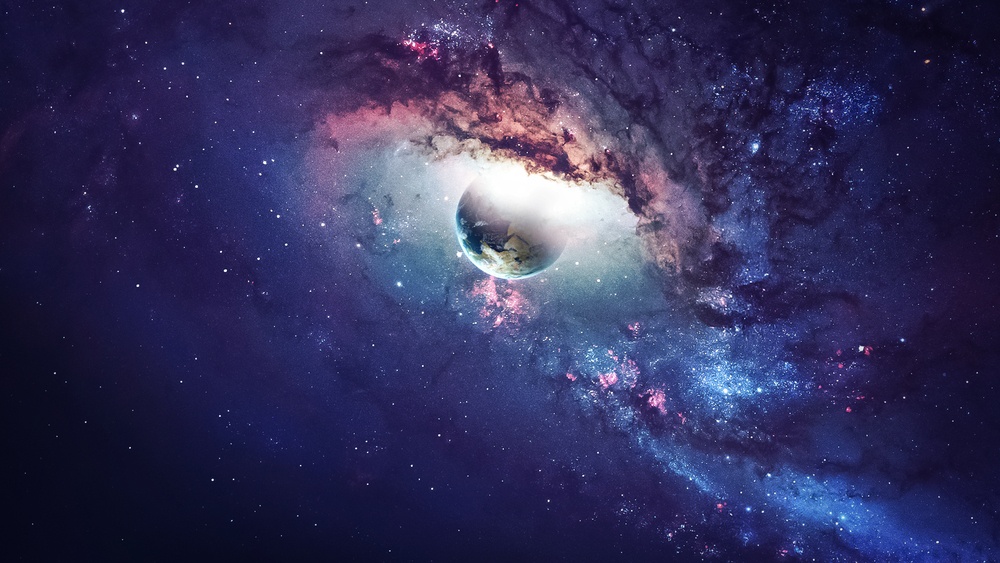Key Takeaways
• Webb’s infrared images reveal surprising star formation in Sagittarius B2
• Despite being a huge stellar nursery, Sagittarius B2 forms stars very slowly
• Strong magnetic fields and a nearby black hole may block gas collapse
• New insights change how we view galaxy growth and evolution
NASA’s James Webb Space Telescope gave us a fresh look at Sagittarius B2. This cloud sits near the center of our galaxy. It contains huge amounts of gas and dust—the raw material for stars. Yet oddly, it makes new stars at a much lower rate than expected.
First, Webb’s powerful infrared view cut through thick dust. Then it showed details no telescope ever saw. As a result, astronomers now know this cloud is more complex than thought.
Why Sagittarius B2 Struggles to Form Stars
Sagittarius B2 is one of the Milky Way’s biggest molecular clouds. Normally, such clouds collapse under gravity to create stars. However, Webb’s data shows most of its gas stays spread out. It resists collapse and star birth.
One major factor is magnetic fields. They run through the cloud like invisible threads. In fact, they are strong enough to hold gas in place. Therefore, gas cannot clump tightly enough to ignite nuclear fusion.
Furthermore, Sagittarius B2 lies close to the galaxy’s central black hole. The black hole pumps out energy and particles. This energy heats and stirs the gas. As a result, the gas becomes too hot and turbulent to fuse.
In addition, shock waves from nearby stellar explosions slam into the cloud. These shocks further scatter the gas. So even where gravity tries to pull matter together, it gets blown apart.
Magnetic Fields and Black Hole Effects
Webb’s infrared cameras measured the strength of magnetic fields within Sagittarius B2. They found field lines weaving through gas filaments. Those lines generate a pressure that counteracts gravity.
Moreover, particles from the central black hole flood the region. This bombardment raises gas pressure. It also produces cosmic rays that ionize the gas. Ionized gas then resists compression.
Therefore, the combination of stiff magnetic pressure and black hole turbulence keeps the cloud from collapsing. Scientists had long guessed these factors played a role. However, Webb delivered proof with stunning images and precise data.
What This Means for Galaxy Evolution
Our Milky Way is not alone in hosting such clouds. Other galaxies also contain dense molecular clouds near their centers. If these clouds form stars slowly, the entire galaxy’s growth may change.
For instance, slow star formation can stall a galaxy’s ability to rebuild new generations of stars. This process affects the galaxy’s brightness and color. Over millions of years, it reshapes the galaxy’s appearance.
Moreover, understanding star formation inefficiency helps explain why some galaxies shut down. Known as “galaxy quenching,” this shutdown leaves a galaxy with few new stars. Now, evidence from Sagittarius B2 shows two key culprits: magnetic fields and black holes.
In addition, this discovery may refine our models of how galaxies evolve. It suggests that central regions can act as regulators. They control star birth rates by stirring or supporting the gas.
Future Studies and Next Steps
Scientists will use Webb’s instruments to study other dense clouds. They plan to map magnetic fields and radiation levels across different environments. By comparing clouds in various galaxies, they can test if similar rules apply.
Also, new computer simulations will incorporate Webb’s data. These simulations will model gas dynamics under magnetic and radiative forces. As a result, they will predict star formation rates more accurately.
Meanwhile, upcoming observations by ground telescopes will search for the faint signs of new stars. These telescopes can track tiny changes over time. They will reveal whether any star formation ever breaks through.
Human Curiosity Ignites Exploration
This study highlights how much we still don’t know about star birth. Even in our own galaxy, mysteries remain. Yet tools like Webb bring us closer to answers. They let us peek into dusty corners and see raw materials at work.
Because we understand star formation better, we learn more about our cosmic past. Every star holds clues to the history of elements, planets, and life itself. By unlocking these secrets, we also grasp our place in the universe.
Conclusion
James Webb’s view of Sagittarius B2 changed our view of star creation. What once looked like a bustling nursery now appears stalled. Magnetic forces and black hole energy combine to halt collapse.
In doing so, astronomers gained vital clues about galaxy growth. They learned that central regions can choke star birth. These findings will guide future research and refine our cosmic models.
The universe remains full of surprises. Thanks to Webb, we can dive deeper into its hidden corners. Who knows what other secrets we will find next?
Frequently Asked Questions
What makes Sagittarius B2 unique compared to other clouds?
Sagittarius B2 sits near the galaxy’s central black hole and features unusually strong magnetic fields. These factors slow its star formation.
How do magnetic fields block star formation?
Strong magnetic fields create pressure that pushes back against gravity. This counterforce prevents gas from clumping enough to ignite new stars.
Why does the black hole affect Sagittarius B2?
Energy and particles from the nearby black hole heat and stir the gas. This turbulence increases gas pressure and stops collapse.
How will this discovery help future research?
The data will refine models of galaxy evolution. It will also guide observations of other clouds to see if they behave similarly.

